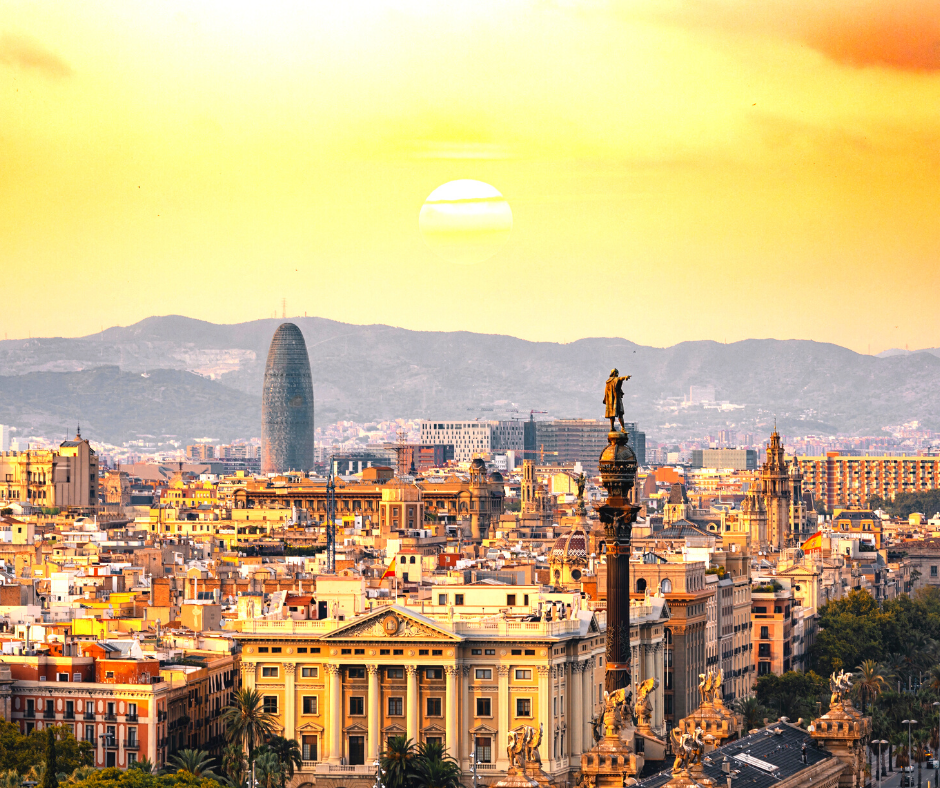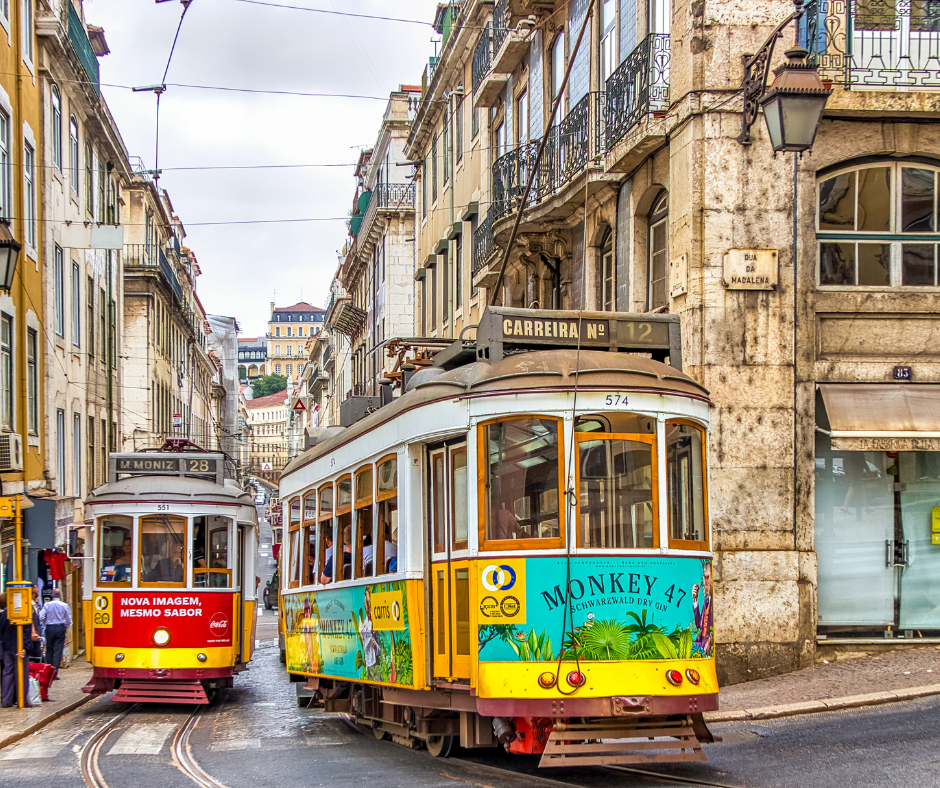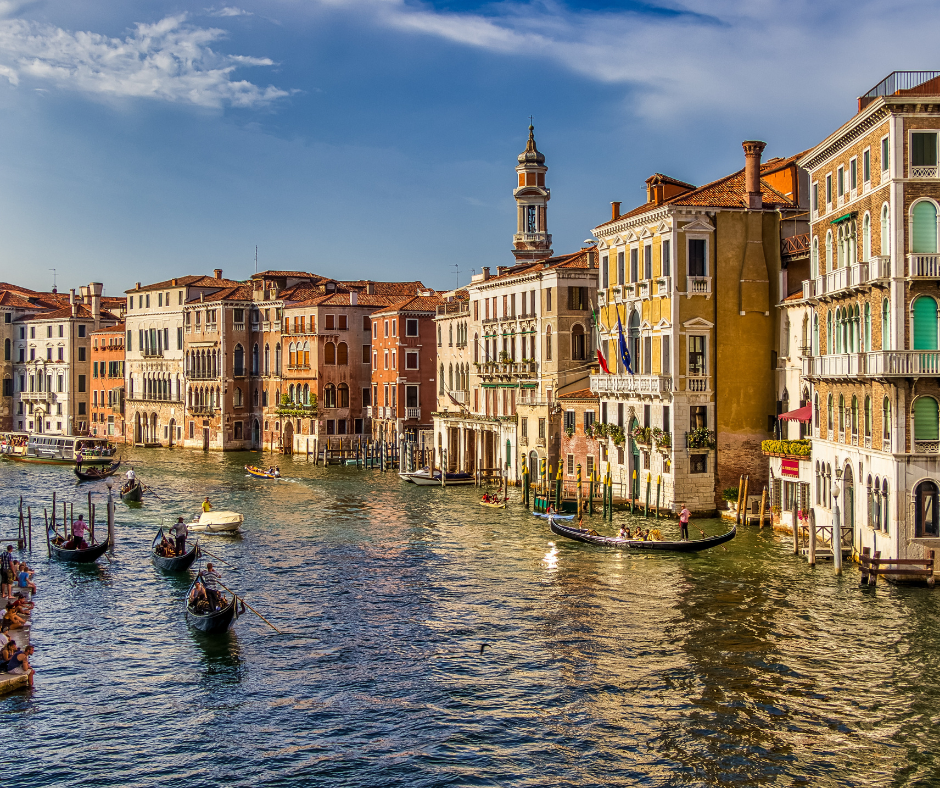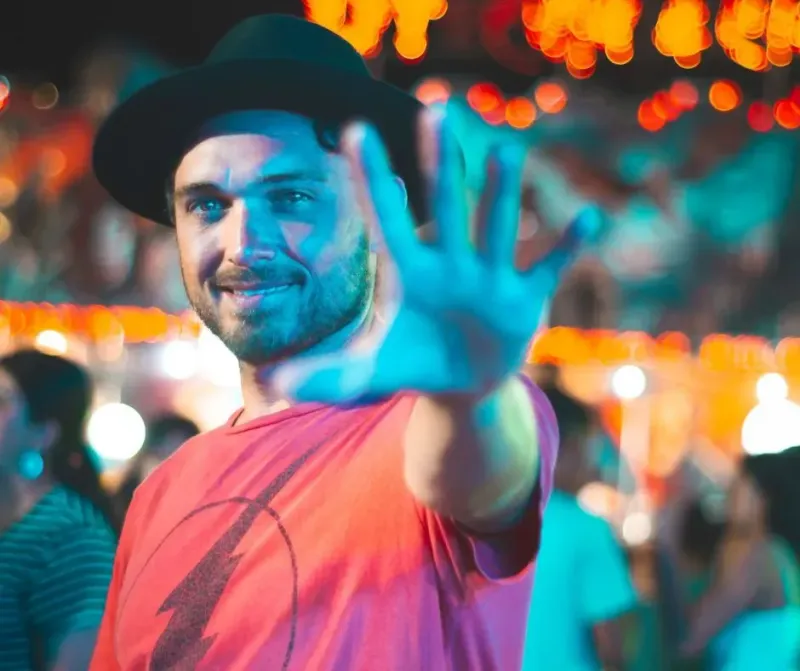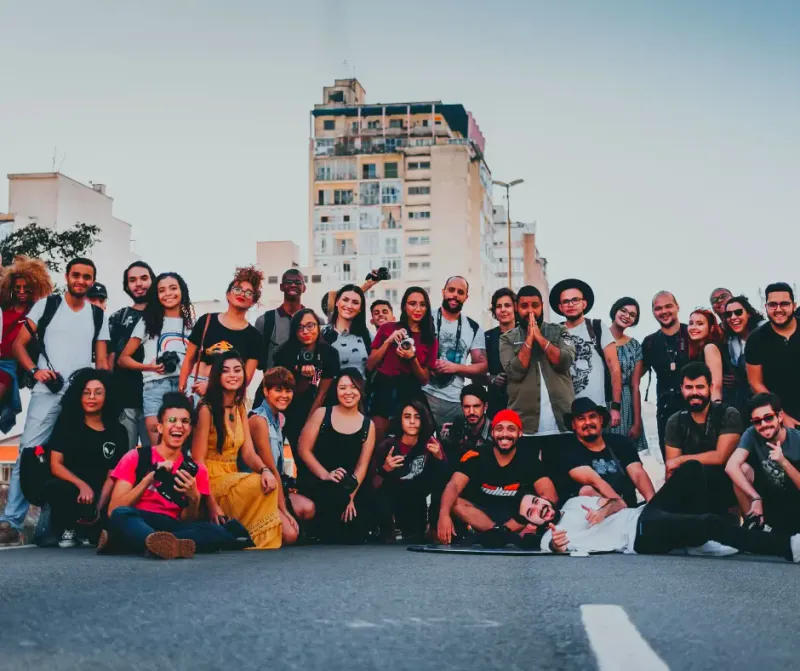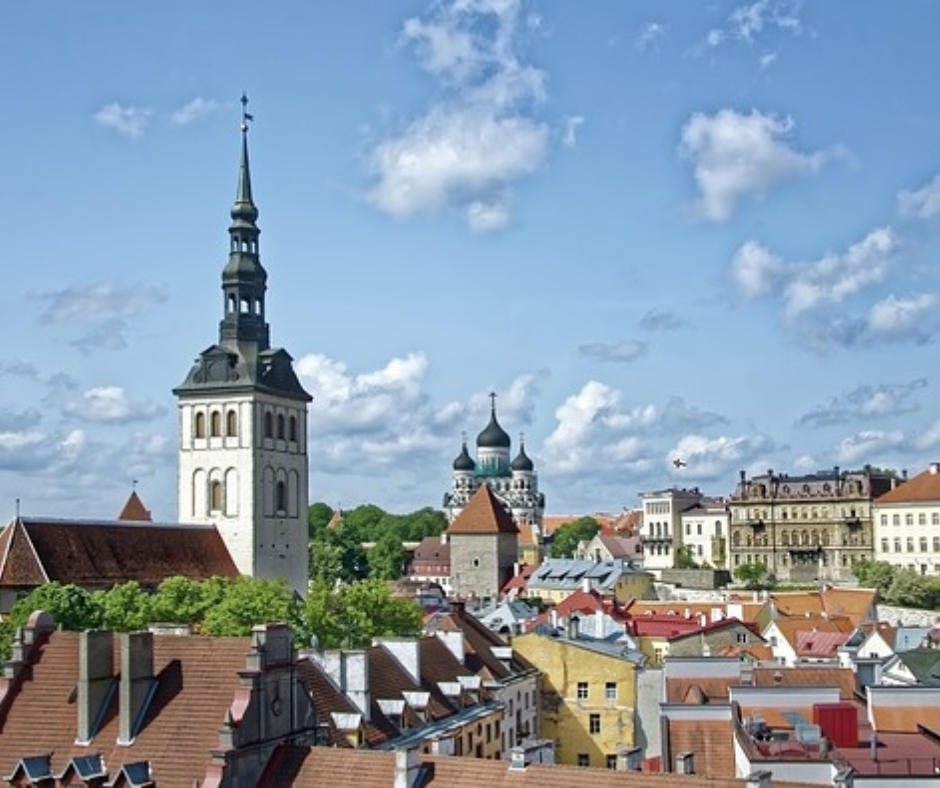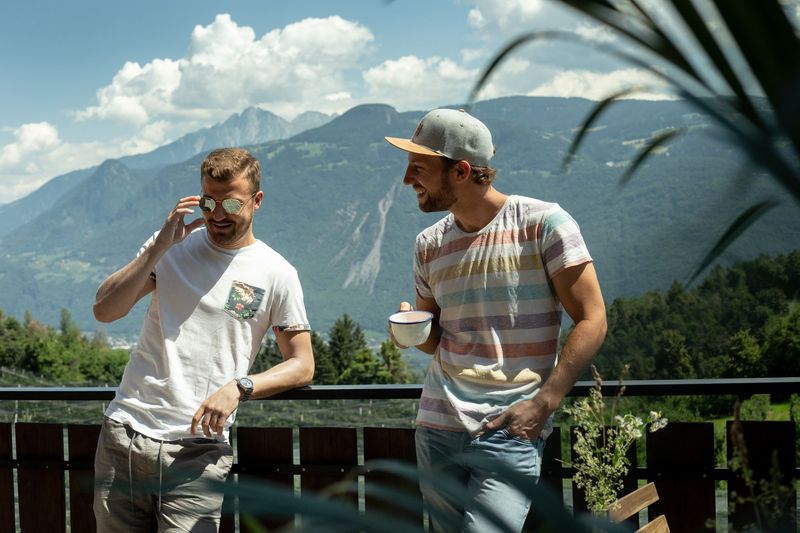[Latest update 2023, April 6] Between North Africa and Sicily, Malta is a small island on the southern tip of Europe, that welcomes you with a Mediterranean climate, historical heritage, and a multi-cultural community with African, Arabian, and European influence.
Malta's newly announced Nomad Residence Permit is the government's response to what Malta got famous for in the last few years: An entrepreneurial expat scene, nomadic lifestyle, and business networking events in a cultural setting.
🇲🇹 Entry requirements for Malta
Malta is an island, and the entry requirements might be stricter than traveling overland on the European mainland. As a member of the European Union, you might need a valid Schengen visa or exemption or you are a citizen of the EU providing a valid national ID or passport. When entering Malta, make sure you check all the following points.
- Valid visa: visa for non-Schengen citizens or national ID/passport for Schengen citizens.
- Travel health insurance: Travel health insurance is required to get a Schengen visa. Check out Genki Explorer.
🌱 Travel health insurance for Malta
✈️ How to get to Malta
- Plane: Almost every European capital is connected with direct flights to Malta International Airport (MLA). Popular airlines and low-cost carriers are AirMalta, Wizzair, Easyjet, and Ryanair. The airport is about 5 km southeast of Valetta. From the airport to the city center of Valetta it is a 15 minutes ride by taxi (16 Euro), or a 2-Euro ride via bus (Line X4). Tickets can be purchased on board.
- Ferry: From Sicily, you can take a ferry to Malta which runs twice per day and takes 2 hours. The price for a one-way ticket is 66 Euro.
🚌 Public transport in Malta
- Taxi: Taxi in Malta are based on a fixed tariff. With the taxi app, you can easily book a licensed driver for getting you around. A ride from the Airport to Valetta city center costs around 15 Euro.
- Bus: Generally buses are a cheap way of getting around in Malta but be alerted to spend some extra time due to unplanned delays. The tour from the airport to Valetta costs 2 Euro but takes also a little bit longer.
🏡 How to find a place
- Hotels: If you chose to book a hotel, make sure you check beforehand where it is located. Malta is under heavy construction and the noise level is immense. Make sure to check if there is construction nearby at least at the same block as construction is not just loud it also starts early. My favorite hotel in Malta is Mr. Todd.
- Facebook: Check out Facebook groups like Housing for Digital Nomads & Remote Workers, as there are recommendations and short-term listings published.
- Airbnb: The go-to booking system for rentals in many places. However, I did not find Airbnb helpful in Malta. The rental prices are completely off and don't match the quality you get. Especially when coming in the winter months, having an apartment without heating makes your stay miserable. I would suggest booking a hotel.
- Coliving spaces: This type of accommodation is for you if you want to integrate a social aspect in your accommodation and if you are okay with having accommodation and workplace all in one location. One of our team members stayed at Evolve Coliving space for a couple of months and liked it because of the community feeling.
🏘 Where to stay in Malta
- Sliema: Due to its infrastructure, busy nightlife, and variation of restaurants and pubs, most digital nomads tend to live in Sliema. During high season rent can climb up to monthly expenses of 1,200-1,500 Euro for a 1-bedroom apartment.
- Saint Julian: Another seaside digital nomad hub is Saint Julian, right next to Sliema. The town is known for being more urban with a couple of tall buildings around and its famous party mile Peaceville.
- Siggiewi: If you prefer living more rural and quiet, Siggiewi is a hidden gem. The town is about 13 km southwest of Valetta and is home to around 9,000 inhabitants. Rent for a furnished 1-bedroom starts at 500 Euro upwards.
🧑🏻💻 Where to work from in Malta
Coworking spaces
- Soho Office Space: With three top locations in dedicated towns of Malta, this coworking place is a go-to address for like-minded nomads. The open and modern interior, cozy outdoor areas, and growing community are attracting both, social butterflies and workaholics equally. Prices for a dedicated desk space are 325 Euro per month.
- Grand Central: If you stay in central Valletta, check out Grand Central, a centrally located loft with a panoramic view, kitchenette, and shops and bars around. A monthly membership costs 399 Euro.
Coffee shops
- Coffee Circus: You can find this hip café chain in 5 locations throughout Malta. Guests can enjoy freshly roasted coffee blends and tasty pastries which also include gluten-free and vegan options. On top, you get high-speed wifi connections and plenty of plugs for charging.
🚊 How to travel around Malta
- Uber and Grab: The best way to travel around the island is through Uber and Grab. Once landed at the airport, use the airport's wifi and set up your Uber or Grab ride. Uber and Grab are around 30% cheaper than meter taxis. Make sure to follow the instructions on the app and get to the official Grab pickup point.
- Public transport: Although there are buses on the island, the bus network is super slow and unreliable. I would use the bus only if absolutely necessary.
- Rental car: It is easy to rent a car in Malta. But there are many scams. The international car rental services are not the company itself but some outsourced local services using the brands' names. So Avis on Malta is not really Avis. However, the service is often bad, please check Trustpilot and Google Maps reviews, especially Avis. A recommended rental car service is Venicar. If you do rent a car, it is possible that they charge you double and you ran after your money. Streets in Malta are very very (!) narrow, also the small roads overland. Finding a parking spot in towns is an absolute nightmare, and be aware that driving is on the left side.
🎖Must see in Malta
- Saint John’s Co-Cathedral, Valetta: The Roman Catholic cathedral was built in the 16th century by the knights of Malta and shows high Baroque architecture, rich decoration, and painted ceilings. The entrance fee is 15 Euro per person.
- The Three Cities: Vittoriosa, Senglea, and Cospicua were homes to stranded knights of Rhodes, who were banished in 1522. With the Grand Habour, knights could settle on Malta and start trading. Imposed bastions go restored lately but are still full of their former glory. The Three Cities are well connected with regular buses and a water taxi service from Valletta. You can also go there by taxi or car.
- Mdina: Mdina is the ancient capital of Malta and is also known as Citta Notabile (the noble city) due to its cultural and religious treasures. The historic town is famous for being walled by enormous fortresses and nowadays you can find cozy cafés and local restaurants in the small alleys.
- Gozo: Gozo is the second biggest Island of Malta and is a bit more rural. It is easy to rent a car, scooter, Segway, or Quad bike for getting around by yourself. Places you should pay a visit are the ancient Citadella, the Ta Pinu Basilica, and the coastline as there are small bays for relaxing and sunbathing. Getting to Gozo includes a 20-minute ride by ferry.
💡Good to know
- Internet: The median internet speed for fixed broadband is about 87.39 Mbps download and 19.42 Mbps upload speed.
- Sim card: A Maltese sim card is available for 10 Euro from Epic or Melita (8GB). Epic sim cards are also available at the airport.
- Digital nomad community: If you are not a member of a coliving or coworking space, a good option is Malta Digital Nomads & Entrepreneurs Community on Facebook as there are events and get-togethers being organized and published.
- Socket type: Type G
- Cost of living: Monthly costs including renting a one-bedroom apartment is supposed to be around 1,800-2,200 Euro.
- Currency: Official currency of Malta is Euro.
- Climate: Malta has a typical Mediterranean climate with mild, rainy winters and hot summers. The average temperature ranges from 12.5°C in February to 27.5°C in August.
- Safety: Generally Malta is a safe place and among the safest countries in Europe and ranked in the top 2 in 2019 of the safest countries in the world for women.
- Food: Although the island is small, you can find 5 Michelin-starred restaurants in Malta
- Specialty coffee shops: The best places for specialty coffee are Lot Sixty One Roasters in San Giljan and in Valletta, Caffé Berry in Sliema (and within walking distance to Mr. Todd), Coffee Circus Tigne in Sliema, Coffee Circus Lisboa in Valletta.
🚧 What to avoid
- Walking on roads: Streets in Malta are narrow and don't have a sidewalk next to them. Cars come rushing by and pass you fast and close, which makes walking on the road very dangerous.
- Cycling: Unless you like being stuck in traffic due to narrow roads, or cycling super steep streets with cobblestone, Malta is not for cycling.
- No heating: Although Malta is a fairly warm winter destination, it can get cold in the winter months, especially at night. Be prepared, when renting a private home, you won't have central heating. Make sure that you get electric heaters from your host.
- Weekends and spring break: Malta is a hub for low-cost carriers, meaning the island attracts all sorts of people, especially younger adults who are looking for an extended party weekend. Sliema, St. Gilian, and the surrounding neighborhoods can feel like spring break at times. Try Malta in the off-season and escape to Gozo Island on the weekend.
- Construction noise: It seems that many places in the world justify the decrease in tourists starting construction. Also in Malta, you find construction sites all over the island. Make sure you ask your host beforehand.
- Crypto-Events & Gaming Festivals: Malta is THE hub for the gaming industry. Whether you hate it or love it, choose before because if you arrive in Malta during an international gaming convention or crypto summit, you will have difficulty getting accommodation.
🚴🏻♀️ How to stay healthy
There are endless ways how to stay active and fit in Malta. From climbing the steps in Valletta, hiking the Marfa Watchtowers route, or horse riding at Golden Bay, Malta is tiny but multi-faceted.
Stay active
- Hiking the Marfa Watchtowers Route: The start and endpoint of this hike is Ghadira Bay. The route takes you to the chapel, the White Tower, and breathtaking viewpoints. Depending on your fitness level, the hike takes about 4.5 to 5 hours.
- Kayaking in Gozo: Malta is the biggest island of the 7 sister islands of the archipelago, but Gozo is known as the most pretty of the sisters. However, what about a kayak tour on the little Gozo island? You find 3-hour kayak tours here.
- SUP Yoga: Haven’t heard it before, but this one sounds fun! As the name already simplifies, SUP Yoga is a combination of standup paddling and Yoga. The rate is 35 Euro per session and person.
- Watersports: Many beaches offer watersports from windsurfing, wakeboarding, or diving. Equipment can also be rented locally.
- Hiking: The countryside of Malta is perfect for Nature-Lovers and Hikers. Even though Malta has its small size, there is still untouched countryside left with rocky scrubland, lush valleys, and spectacular coastline views. Check out the list of the 8 top Hikes in Malta here.
Health risks
- Water quality: In general, you can drink tap water in Malta.
- Air quality: The air quality in Malta is generally moderate.
⚓️ Long stay
Malta introduced a Nomad residence permit. Check out the application process here.
👾 Join our Malta channel
A place where we ask questions and share our experiences in Malta.
